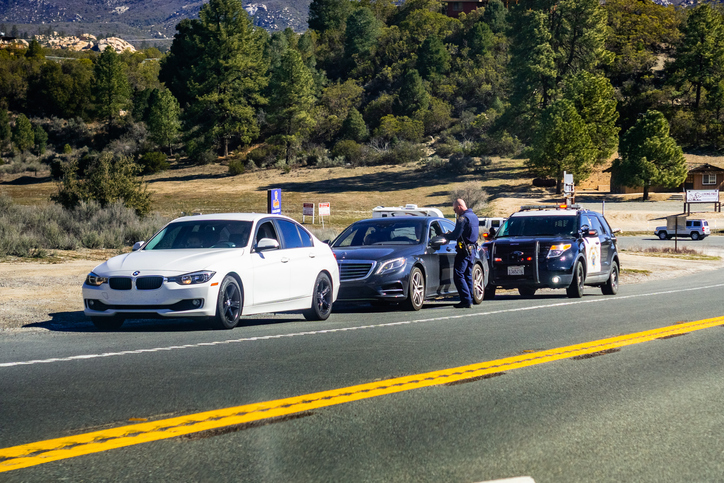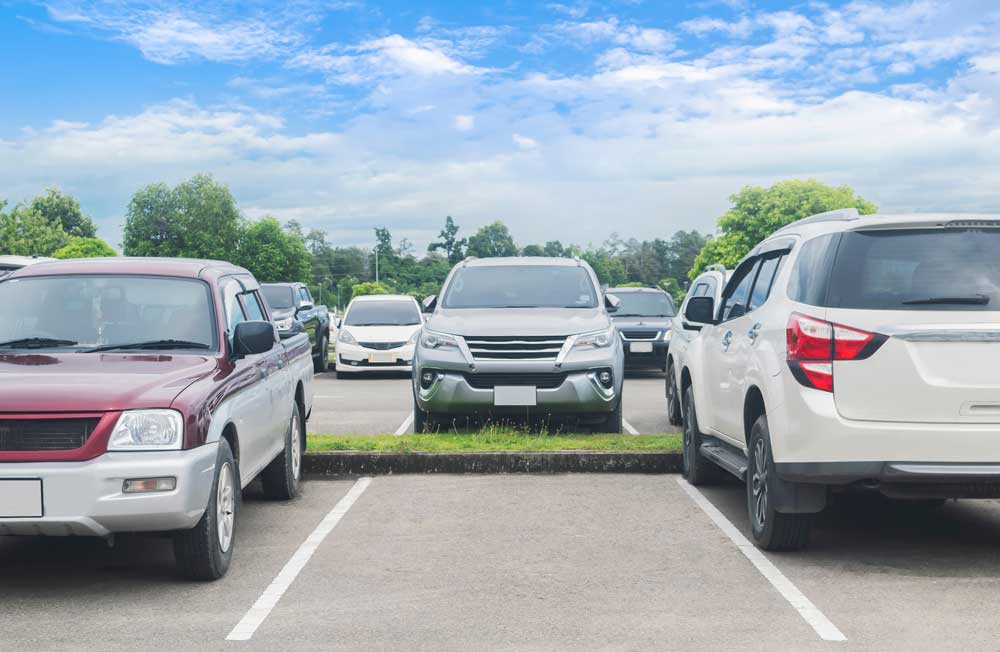Anti-Lock Brakes
Anti-lock brakes (ABS) have gone from being a novelty to being present on most vehicles today. Have you read and understood the section of your vehicle owner’s manual on this vital safety system? Contrary to popular belief, ABS does not always mean shorter stopping distances.
Your brakes do their best to stop your vehicle just before it’s wheels stop turning. This is called threshold braking and it takes practice and skill. In an emergency, it also takes a cool head to not simply apply as much pressure as possible to the brake pedal, lock up your wheels and hope to skid to a safe stop.
The trouble is, skidding is not as good as braking and it takes away your ability to steer. This is why we learned to pump the brakes back in the days before ABS. Press the brake to initiate threshold braking and back off if the wheels skid, then press again to get back to the threshold.
Today, a new braking technique must be learned. Simply put, it is Stomp and Steer. When an emergency stopping situation occurs, stomp the pedal to the floor and keep it there. Steer out of the way of danger.
Noise and vibration may be felt through the brake pedal. This is normal, so don’t be tempted to let up or pump the pedal. Keep it pressed to the floor and the system will do proper threshold braking for you.
In a straight line stop on wet or dry pavement, ABS will result in shorter stopping distances than conventional braking systems when used properly. On icy, snow covered and gravel roads your stopping distance will be increased. The trade off is worthwhile because instead of becoming a projectile, the driver can attempt to steer out of danger while slowing at the same time.
Steering while attempting to stop on wet and dry pavement will also result in increased stopping distances. The reason for this is that there is only so much traction available between your tires and the pavement. In a straight line stop, all this friction is available for braking. When you steer, the friction forces must be divided between steering and braking which means less braking is done.
Curious? Find an open slippery area with no traffic and at slow speeds, give it a try. You will find out what to expect and be a more confident driver when an emergency does occur.
ABS will not overcome driver error. Being aware of road and traffic conditions, moderating your speed when required and establishing a safe following distance is still mandatory for safe driving.
Story URL: https://www.drivesmartbc.ca/safety-equipment/antilock-brakes
-- Tim Schewe Road Safety Advocate DriveSmartBC.ca
Have you been classed in Auto insurance as a high-risk driver in Ontario? Visit the High Risk Auto Pros online and get an instant car insurance quote.
Are you a Business Owner? Perhaps you’re a business owner looking for commercial insurance? Public Liability, Commercial Vehicle Insurance… Get the right Business insurance for your company. Request a quote today from the Commercial Insurance Pros.





